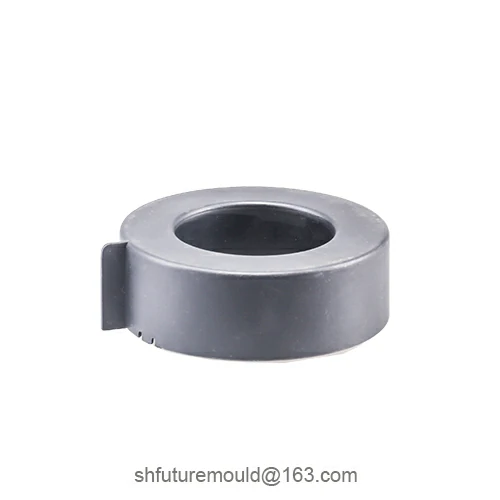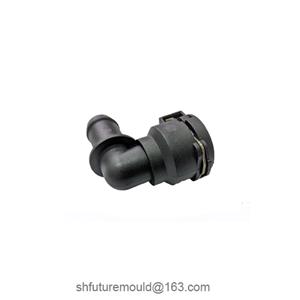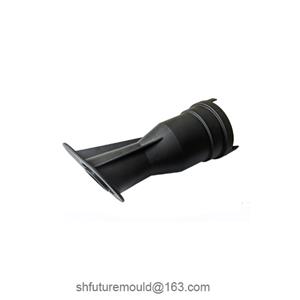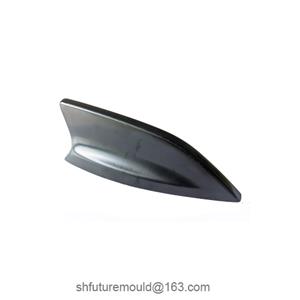Why Does Injection Molding Experience Warping and Deformation Issues?
When injection-molded products exhibit dimensional deviations of 0.1%-1.5%, it is considered a warping defect. This deformation primarily stems from imbalances in internal material stresses and changes in external constraint conditions.
1. Non-Uniform Cooling Effects
When the mold temperature difference exceeds 10°C, the shrinkage rate difference between different regions of the product can reach 0.3%. The cooling time at a wall thickness of 3mm is 9 times that at 1mm, leading to shrinkage stress gradients.
2. Molecular Orientation Differences
The shrinkage rate difference between the melt flow direction and the perpendicular direction can range from 0.4%-0.8%. Glass fiber-reinforced materials exhibit more pronounced anisotropy, with L/T direction shrinkage differences reaching 0.6%.
3. Ejection System Design Flaws
Improper ejector pin layout can cause elastic deformation of 0.05-0.2mm during demolding. Ejection speeds exceeding 50mm/s can easily lead to plastic deformation of the product.
4. Process Parameter Mismatch
For every 10MPa decrease in holding pressure, the shrinkage rate increases by 0.05%. A 20°C increase in mold temperature can increase the shrinkage of crystalline materials by 0.15%. Deviations in parameter settings can amplify shrinkage differences.
5. Structural Design Defects
Areas with sudden changes in wall thickness (e.g., from 4mm to 1mm) can generate residual stresses of 0.3-0.6MPa. The stress concentration factor at the root of reinforcing ribs can reach 2.5-3.0.
- Injection Mold
- Automotive Injection Mold
- Electronics & Electrical Injection Mold
- Consumer Goods Injection Mold
- Airplane Components Injection Mold
- Medical Components Injection Mold
- Irrigation Components Injection Mold
- Injection Molds




